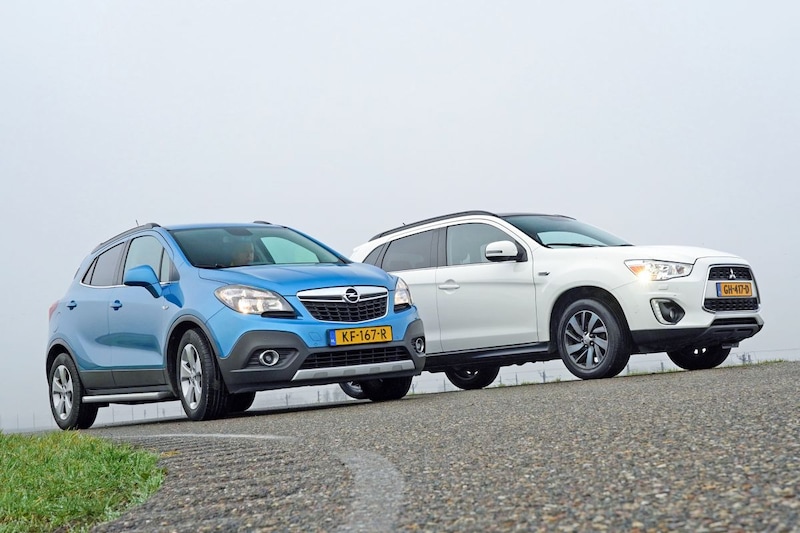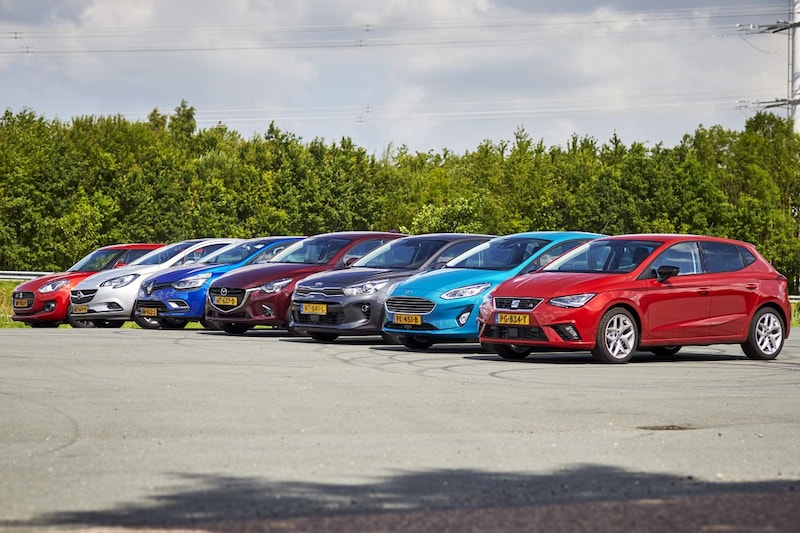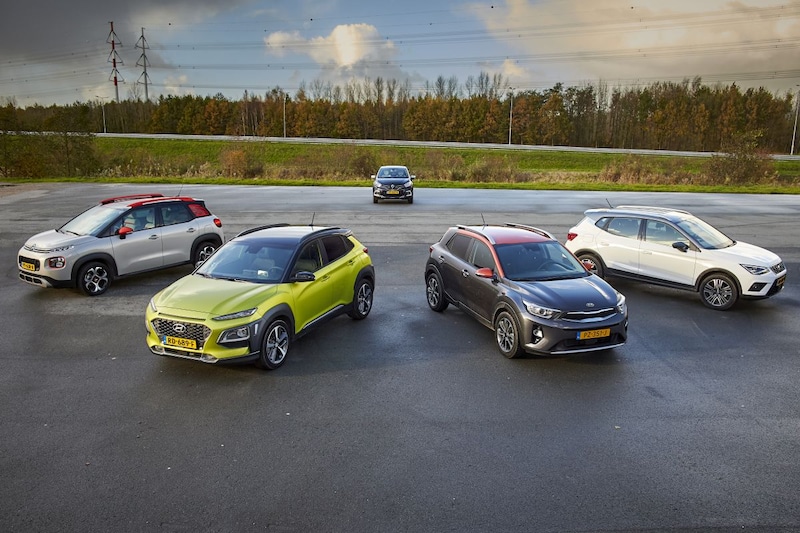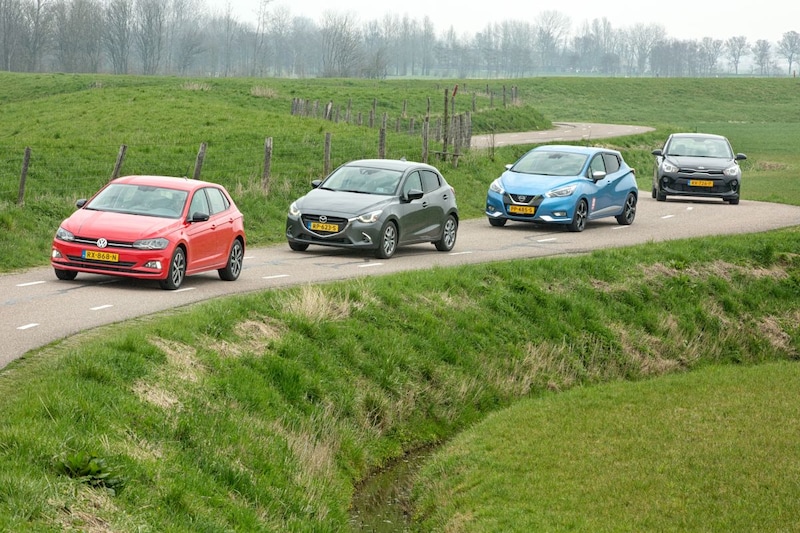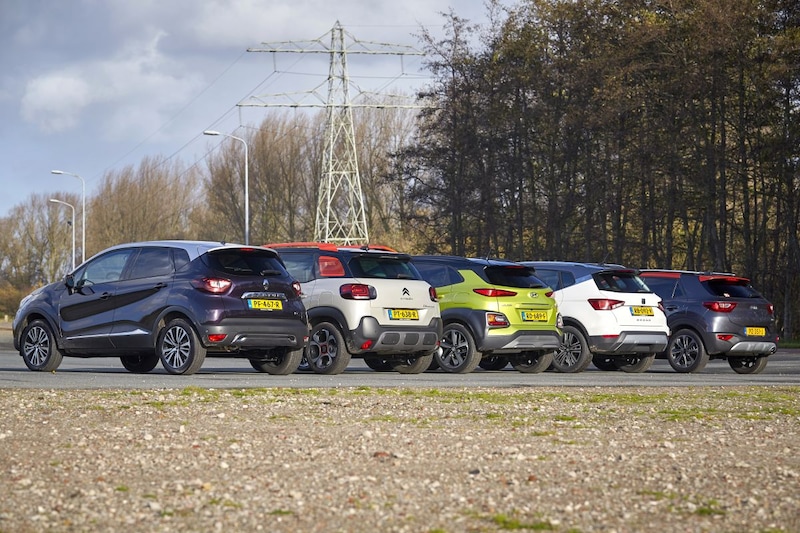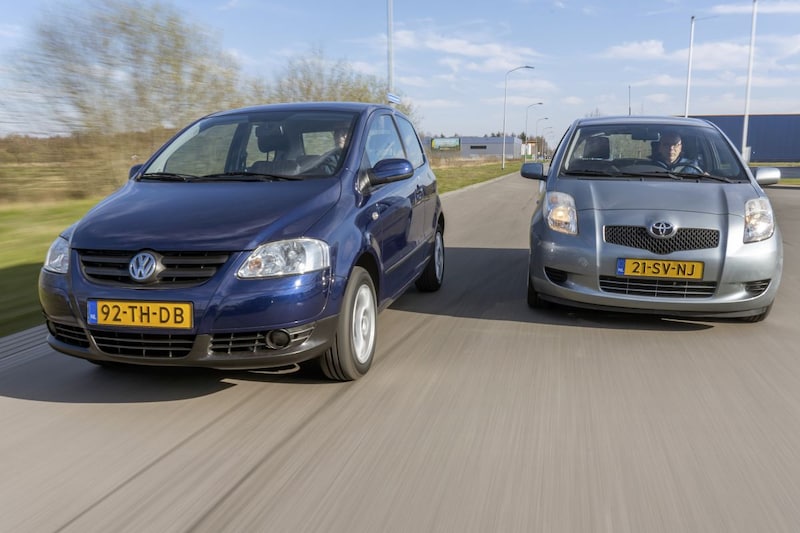Is car ownership a thing of the past? Forget it. Research by the Knowledge Institute for Mobility Policy (KiM) shows that the number of cars in the Netherlands will continue to increase in the coming years. Almost half of the Dutch population is even becoming more and more dependent on the car.
The Knowledge Institute for Mobility Policy has published an extensive report on car ownership in the Netherlands, with interesting figures. Although it is sometimes said that car ownership is no longer something of this time, the numbers show a different reality.
Of course, not every household has a car. At the beginning of 2020, the Netherlands had 17.4 million inhabitants and 8 million households. At that time, the fleet consisted of 8.7 million cars, which equates to about 1.1 cars per household and 500 cars per 1,000 inhabitants.
However, the cars are not evenly distributed among the households. For example, 26 percent of Dutch households do not own a car. 47 percent of households have one car in front of the door, while 21 percent of households have two cars at their disposal. 6 percent of households own 3 or more quadricycles. Only a quarter of households without a car indicate that they do not have their own car because they do not see the added value of it, or are concerned about the impact of the car on the environment, according to KiL. In total this would be about 6 percent of households.
The growth in the number of cars per household is expected to stagnate. According to KiL, this has less to do with the declining popularity of the car, but more with the fact that there are more and more single people. KiL expects that there will be about 10 million cars in the Netherlands by 2040. That amounts to 524 cars per 1,000 inhabitants, 24 more than two years ago.
Grow
The expected increase in car ownership in the Netherlands, according to KiL, is due to various reasons. One of them is extra striking. According to the knowledge institute, almost half of the Dutch population (47 percent) is increasingly dependent on the car. About a third of the Dutch would not see car ownership as a free choice, but as a necessity. Particularly in less urban parts of the Netherlands, residents are dependent on the car. For the time being, shared cars can mainly be found in urban areas. The increase in dependence on the car is partly due to the disappearance of facilities, which increases travel distances to, for example, hospitals, supermarkets or libraries.
car density
In 2019, the Netherlands had an average of 499 cars per 1,000 inhabitants. That ‘car figure’ is higher in the Netherlands than in the United Kingdom (499), France (482), Sweden (473) and Denmark (455), but lower than in, among others, Belgium (511), Luxembourg (681) and Germany ( 574). The number of cars per square kilometer in the Netherlands is particularly high at 229. In comparison, there are 192 cars per square kilometer in Belgium, 164 in Luxembourg and 133 in Germany. Within the European Union, only the island of Malta has a higher car density.
More interesting numbers
The KiL report is packed with interesting figures. For example, it makes clear that the average weight of the Dutch vehicle fleet is increasing. In 2010, a car newly registered in the Netherlands weighed an average of 1,220 kilos, in 2021 that average weight was 1,480 kilos. In addition, there appear to be more than 19 million parking spaces in the Netherlands, accounting for 225 square kilometers, equal to the area of the municipality of Amsterdam. The majority of Dutch residents can park their car within 10 meters of their own home. Fun fact: in the Netherlands there are 12,000 households with more than 6 cars.
– Thanks for information from Autoweek.nl
